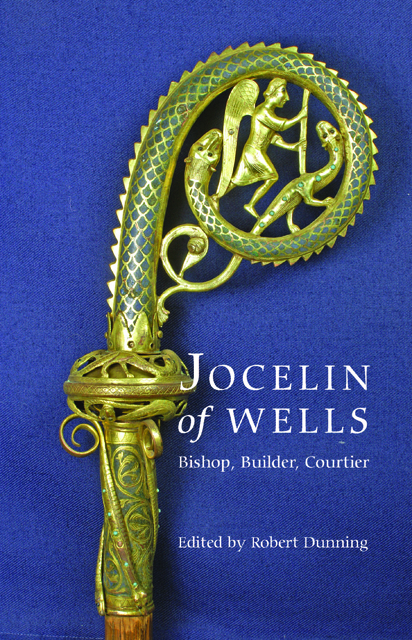10 - Robert Burnell and the transformation of the Bishop’s Palace
Published online by Cambridge University Press: 02 March 2023
Summary
The sequence of Decorated buildings associated with Robert Burnell, chancellor of England 1274–92 and bishop of Bath and Wells 1275–92, including the chapter house and staircase in his cathedral at Wells and the monumental additions to Bishop Jocelin’s palace there, together with related buildings at Acton Burnell in Shropshire and Nantwich in Cheshire, have been justly celebrated as ‘one of the most coherent and interesting’ sequences in English Decorated architecture. These buildings have hardly gone unnoticed by scholars of medieval architecture, but to date the majority of attention has focused upon Acton Burnell castle and the additions to the cathedral, leaving Burnell’s additions to the palace largely unstudied. Yet Burnell transformed that palace into a monumental fortified residence that included a new aisled hall, a chapel and a range of outbuildings, the whole probably surrounded by crenellated murage.
Burnell’s work at the palace is admittedly fragmentary as compared with the chapter house and its staircase but the significance of the palace buildings is not in doubt: they are among the ‘most impressive English domestic buildings of the Middle Ages’, and Jean Bony awarded them a seminal role in the development of the Decorated style and in the introduction of a fortified vocabulary of architectural design into English architecture (Plate 20). The purpose of this chapter is to survey for the first time the range of archaeological, documentary and antiquarian evidence for Burnell’s additions to the palace, beginning with a discussion of his patronage and motives. There follows consideration of form, function and sequence.
Patronage
Robert Burnell was by birth a member of a prosperous landholding family in Shropshire and he seems to have been more secular aristocrat than committed prelate. He had long served Edward I as prince and his preferment was sought by the king, twice to the archbishopric of Canterbury and once to the see of Winchester. In the event Burnell was only modestly rewarded in the form of the bishopric of Bath and Wells, which he seems to have secured against further opposition to promotion by resigning benefices and making over his secular landholdings. Perhaps in the light of his second failure for promotion to Canterbury in 1278, Burnell began in 1279–80 to repossess his estates.
- Type
- Chapter
- Information
- Jocelin of WellsBishop, Builder, Courtier, pp. 169 - 196Publisher: Boydell & BrewerPrint publication year: 2010

